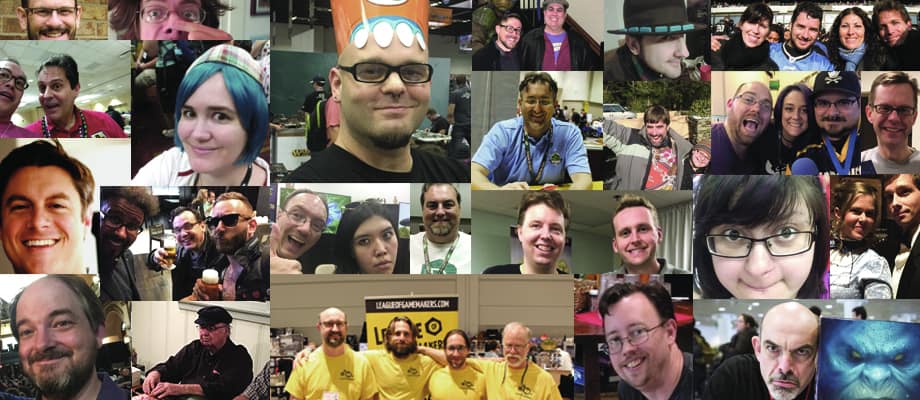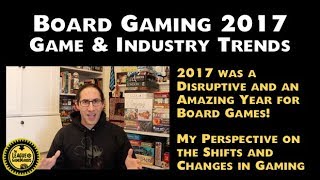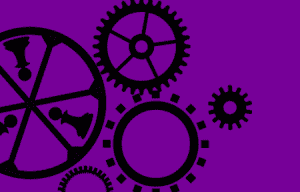
Seth Johnson is one fantastic designer who is particularly strong at understanding theme and the game journey of the player. Seth has been around the game industry a long time, working on everything from board games and video games to RPGs and miniatures games. Today he writes a guest post where he wants to share one of his design tricks.
~Ed
by Seth Johnson
Okay, game designers: If you have a minute, I’m going to show you a trick. Ready? Clear your mind…
I want you to think about your process when designing a game, of playtesting and refining it, of getting it published and on store shelves. It’s a big task, and often one that takes a while. For one game I’m currently working on, that process is nearing its end but has still taken almost three years. That’s a long time.
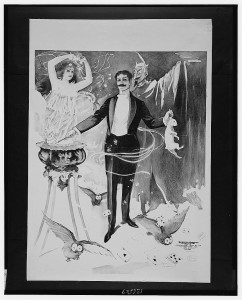 Spending so long working on a design gives me a lot of time to think about it using different mental models. For those unfamiliar with the concept, mental models are questions you can ask yourself, or structured ways of thinking about a problem or a process, often useful to help find a new perspective.
Spending so long working on a design gives me a lot of time to think about it using different mental models. For those unfamiliar with the concept, mental models are questions you can ask yourself, or structured ways of thinking about a problem or a process, often useful to help find a new perspective.
“Mental models” as a label are a broad concept, but you might be familiar with a few of them already, even when you weren’t thinking about games: The scientific method is a mental model. So are ways of identifying weaknesses in your thinking when you’re debating someone, like a straw man or a slippery slope argument.
So is when you were thinking about your game design process a few seconds ago—if you weren’t sure if you’ve used a mental model before, well, you have now!
Different mental models can be useful at different times for game designers. One I first encountered as a kid that has proved useful is Brian Eno and Peter Schmidt’s “Oblique Strategies”, a collection of methods to fuel the mental model of lateral thinking when trying to come up with an idea. If you’re past brainstorming and into the development process on your design, designer Jesse Schell has codified mental models he uses to analyze game designs into a series of “lenses” he describes in his book The Art of Game Design. Back when I was a game designer at WizKids, I spent a lot of time talking about the target market for games we were working on, often putting myself in the mindset of different types of players—the type of mental models that were often passed around from one designer to another and eventually written up by Magic designer Mark Rosewater as the “Timmy, Johnny, and Spike” player models based on Wizards of the Coast’s market research.
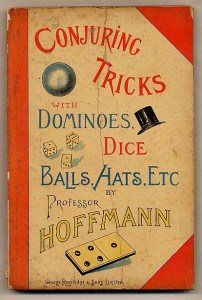 Now that I’ve shuffled a few mental models through your head, let me show you a few more, the mental models you might have tried on as a game designer, whether purposefully or unwittingly. Watch carefully:
Now that I’ve shuffled a few mental models through your head, let me show you a few more, the mental models you might have tried on as a game designer, whether purposefully or unwittingly. Watch carefully:
Some game designers think of themselves as the Mathematician, or the Mechanic, designing elegantly-structured game systems. Others are Storytellers, simulating an engaging process or narrative, or enabling players to tell an interesting story through the way they play the game. A few designers are iron-fisted Generals, designing complex challenges for players to overcome or dominate through skill and cunning. The best, I believe, swap hats during the design process, trying on every one that fits for a particular game and employing that mental model to improve their game in new and different ways whenever possible.
I want to add one more mental model to that lineup, one I’ve been toying with lately:
While playing some games I really enjoyed, I watched how early turns felt different from later turns. We used the same set of rules, played through turns following the same structure, but players’ choices accumulated and the gameplay environment evolved. In the best games, the end was often a race to the finish, tension-filled simultaneous struggles to gather the resources we needed for a final push to—hopefully!—victory. That’s not by accident, of course—it’s by design, the result of long hours put in by those behind the game’s design and development. But as we play through the final, polished product, the way we experienced the game felt like pure magic.
As I considered how to more readily design games that could evoke those magical moments, I first called the mental model I was assembling “The Magician”. But the more I thought about it, the more I realized it wasn’t me, the designer, who was performing the magic trick. No, I was the one who did all the preparation behind the scenes, assembling all the tools needed and making sure they were in the right place at the right time to be used in the most surprising and delightful way. By the players.
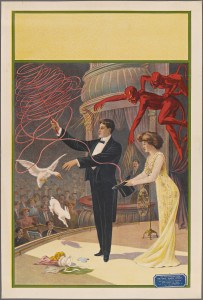 I didn’t need to be the magician. I needed to be the Magician’s Assistant.
I didn’t need to be the magician. I needed to be the Magician’s Assistant.
Think about your designs in progress:
Does each turn or each decision that players make in your game allow them to do something interesting, something that draws them and the others around the table into the game, raising their investment as the dramatic tension builds?
Are there multiple strategies your players can pursue, to keep the other players guessing?
While they make progress in their chosen strategy, are there ways for them to keep what they’re planning secret, or engage in some mechanical slight-of-hand or distraction?
As the players around the table all engage in their trickery, does it allow the winner to bring things to a final resolution that will culminate in an almost theatrical climax of cheers (and maybe a few groans)?
Presto! As you think through those questions, perhaps without you even noticing, I’ve placed the hat of the Magician’s Assistant on your head.
Someday the curtain will rise as the players take their places around the table.
Are you and your design ready?
Will your game let players feel like magicians?

